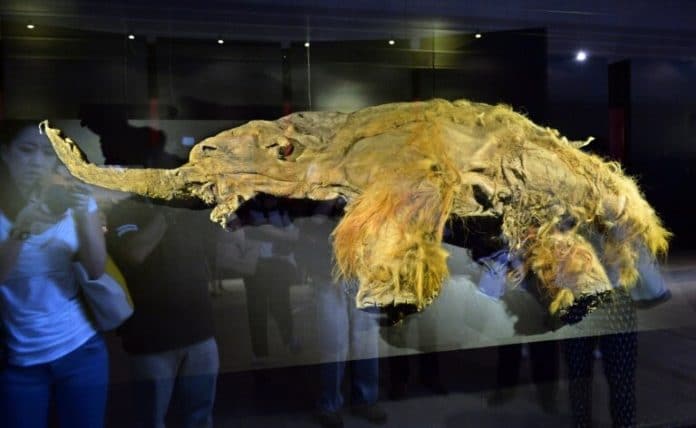The 28,000-year-old remains of a woolly mammoth, named ‘Yuka’, were found in Siberian permafrost. In a new study by the team of scientists in Japan, scientists have successfully coaxed activity from 28,000-year-old cells from a frozen mammoth embedded into mouse cells, yet the wooly warm-blooded animal is probably not going to stroll among us soon.
Scientists took cell nuclei from Yuka- well-preserved mammoth discovered in 2011 in Siberian permafrost- and then embedded into several dozen mouse egg cells.
Kei Miyamoto, a member of the team at Kindai University in western Japan said, “Of those, five displayed the biological reactions that happen just before cell division begins. None, however, produced the actual cell division needed for a mammoth rebirth.”
“This suggests that, despite the years that have passed, cell activity can still happen and parts of it can be recreated. Until now many studies have focused on analyzing fossil DNA and not whether they still function.”
“Although, the research doesn’t provide much hope for Jurassic Park-style resurrection of long-extinct species just yet. We have also learned that damage to cells was very profound.”
“We are yet to see even cell divisions. I have to say we are very far from recreating a mammoth.”
Scientists also collaborated with other Japanese and Russian institutes to study and to possibly clone the mammoth and plans to study alternative methods to bring the prehistoric giant back to life.
Miyamoto said, “We need new technology, we want to try various approaches.”
The study is published Monday in the journal Scientific Reports.
